People of India: Uttar Pradesh (Volume XLII, Part I, II and III)
Synopsis
The Anthropological Survey of India launched the People of India (POI) Project on 2 October 1985 to generate an anthropological profile of all communities of India, the impact on them of change and development process and the links that bring them together. As part of this All-India Project the first ever ethnographic survey of all communities of Uttar Pradesh (307) was taken up in collaboration with local scholars. The results of the survey were discussed at the workshops held at Meerut University in March 1990 and at regional workshops held in Dehradun in October 1987 and April-May 1991. Uttar Pradesh, the northern province which derives its identity from its unique geographical and historical situation, constitutes most of what was known as Madhya Desh or the Middle Country of Aryavarta and as Hindustan in the medieval period. The state is divided into three major eco-cultural zones, the mountainous region in the north, the plains in the middle and the hilly regions of the south and six sub-regions defined by dialects. Hindi is the official language widely spoken and there are 36 other languages, mostly belonging to the Indo-Aryan language family. The most populous state of India, Uttar Pradesh is the second largest state in terms of the number of communities (307) of whom the scheduled castes and minorities form a high proportion. The traits that stand out here are higher incidence of vegetarianism, junior and senior sororate, junior and senior levirate, textual and folk components of life cycle rituals, patriarchal norms, syncretism or a blending of religious traditions, etc. Uttaranchal known as Uttarakhand in the ancient texts was formed as a separate state on 8 November 2000. The hill people marked by preponderance of the Mongoloid traits, presence of the tribes, relative absence of untouchability, freedom for women in choice of mates and recognition of their property rights, hypergamy and hypogamy, fraternal polyandry, brideprice, etc. Politically a most important state, Uttar Pradesh remains economically backward with very low female literacy, high infant mortality and low per capita income. In recent years the state has witnessed a remarkable social revolution brought about by the upsurge of Backward Classes and Dalits and transfer of power to these groups through the democratic process. A cultural resurgence is underway.
Read more
100.80
90.72
$
112.00 $
Free delivery Wolrdwidе in 10-18 days
Ships in 1-2 days from New Delhi
Membership for 1 Year $35.00
Get it now and save 10%
Get it now and save 10%
BECOME A MEMBER
Books by the same authors
-
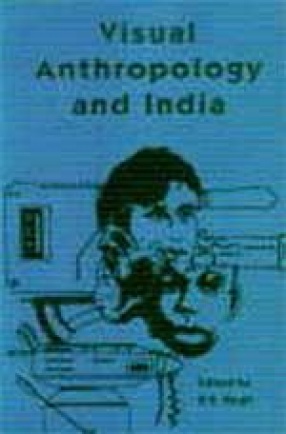
Visual Anthropology and India: Proceedings of a Seminar
-
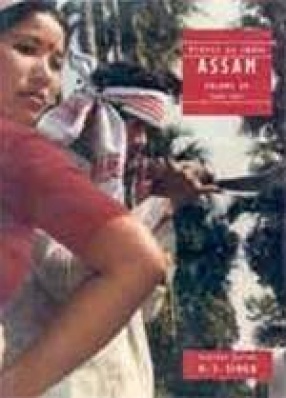
People of India: Assam (Volume: XV In Two Parts)
-
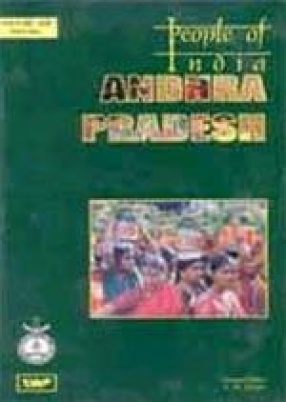
People of India: Andhra Pradesh (Volume 13, In 3 Parts)
-
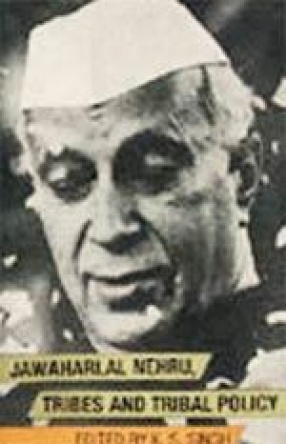
Jawaharlal Nehru, Tribes and Tribal Policy
-
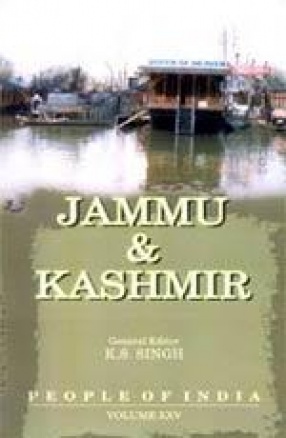
People of India: Jammu & Kashmir (Volume XXV)
-
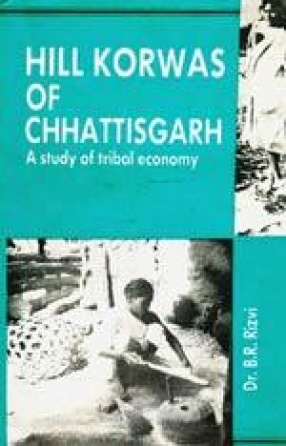
Hill Korwas of Chhatisgarh
-
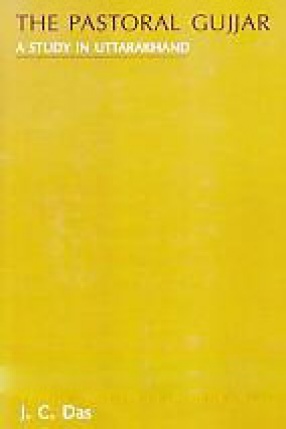
The Pastoral Gujjar: A Study in Uttarakhand
-

The Buxas of the Tarai: A Study of their Socio Economic Disintegaration
-
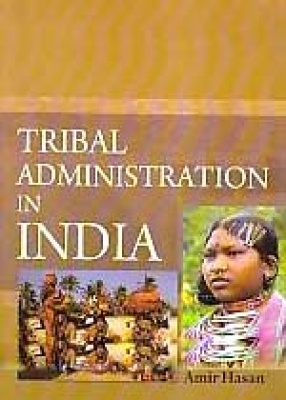
Tribal Administration in India

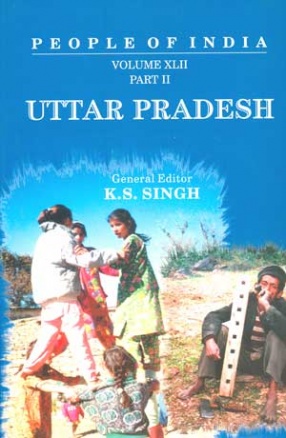
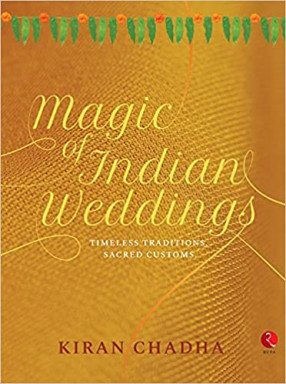
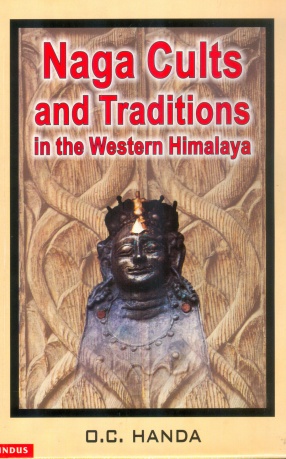
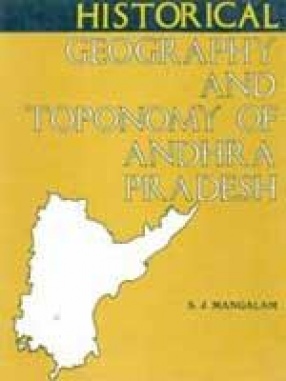
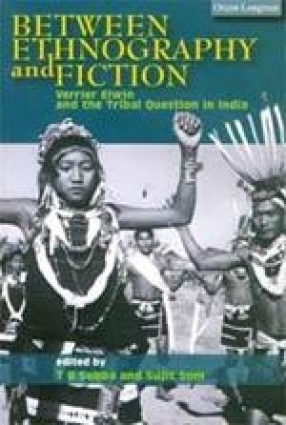

Bibliographic information
B.R. Rizvi
J.C. Das
Amir Hasan